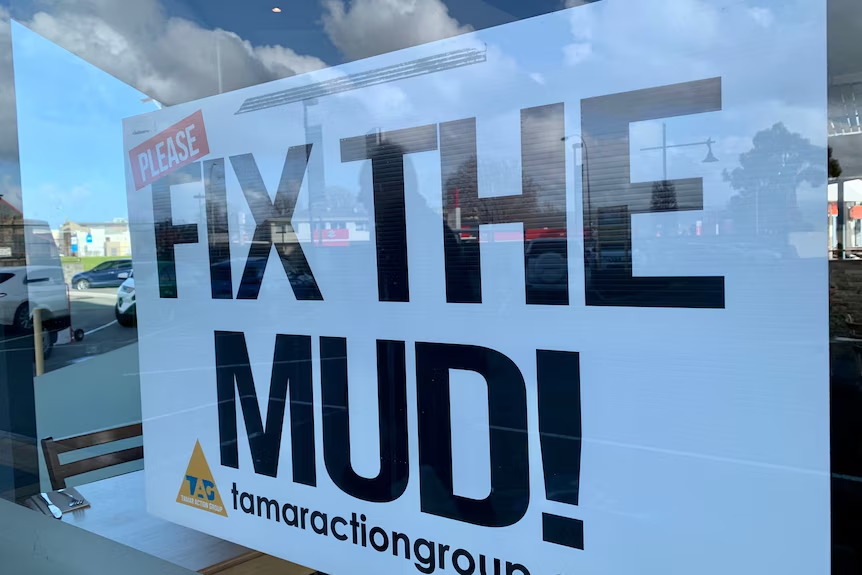
What would it take to re-establish the health and usability of the Tamar Estuary at Launceston?
paul mallett is committed to progressing the restoration of the health of the Tamar Estuary at Launceston, and working to re-establish the waterway as a more usable recreational space. paul acknowledges the current investment by TasWater in the upgrading of sewerage infrastructure to address sewerage spills into the estuary, however more must be done.
Background
Paul understand that the Tamar River (Kanamaluka) is actually a tidal estuary — not a true river — formed where the North and South Esk Rivers meet at Launceston. It’s shallow, slow-flowing, tidal, and prone to heavy siltation. Since the 1800s, the estuary has been notorious for accumulating silt banks, creating mudflats that smell and limit recreational use. Heavy industrial use, stormwater runoff, sewer overflows, and agriculture have added pollution problems too.
Generations of leaders have tried and minimal progress has been made.
- 1800s–1900s: Dredging has been attempted since colonial times to maintain shipping access. The Launceston Flood Levee System was built after severe floods — shifting some flow patterns.
- 1970s–2000s: Dredging continued but was expensive and patchy. Local councils and businesses complained that federal and state investment was inadequate.Various ‘tidal gates’ and flow improvement projects were trialled with mixed results.
- 2008: The Tamar River Rescue Plan was launched by the Rudd Government (Commonwealth Labor). $2 million was promised for studies and trials, but large-scale dredging costs were seen as prohibitive.
- 2012–2018: The Tamar Estuary and Esk Rivers (TEER) Program formed as a partnership between councils, TasWater, NRM North, and the State Government. It focused on catchment management, sewerage upgrades, and scientific monitoring.
- 2018: The Launceston City Deal was signed (a Commonwealth–State–Local agreement) promising over $140 million for flood levees, improved sewerage infrastructure, stormwater upgrades and catchment restoration to reduce sediment and nutrient inflows.
- Ongoing: Projects like the Kanamaluka/Tamar Estuary Management Taskforce (TEMT) continue to monitor and advise on interventions.
The idea of a freshwater lake.
paul is keen to support deep community engagement, further scientific exploration, and authentic Aboriginal input on the proposal to create Tamar Lake as a solution to the continued build up of sediment in the upper reaches of the Tamar. See Tamar Lake Feasibility Study.
paul views the Tamar Lake proposal as an plausible plan to “fix the mud”, create a source of freshwater for irrigation and industry, and provide the people of the Tamar Valley with a water way they can use and be proud of.
Inspiration
Is there inspiration to be gained from looking at how the health of other waterways around the world have been re-established, such as Liangma River in China





